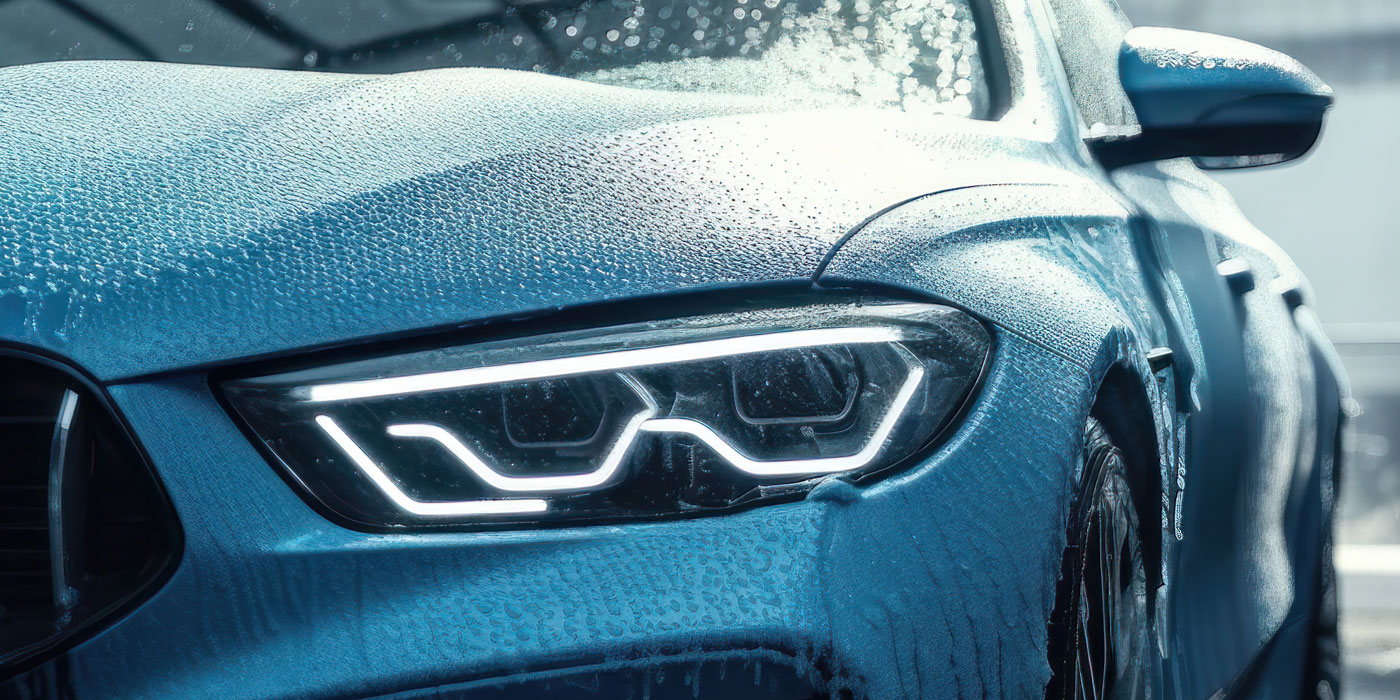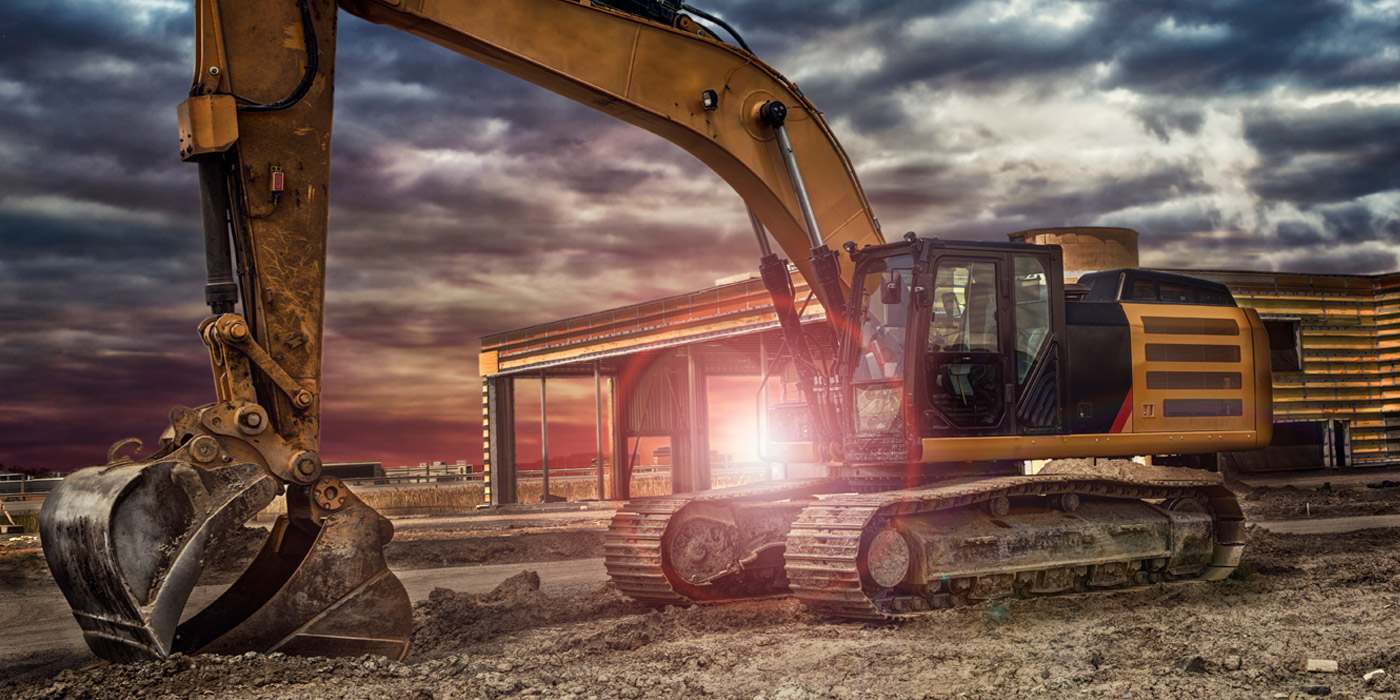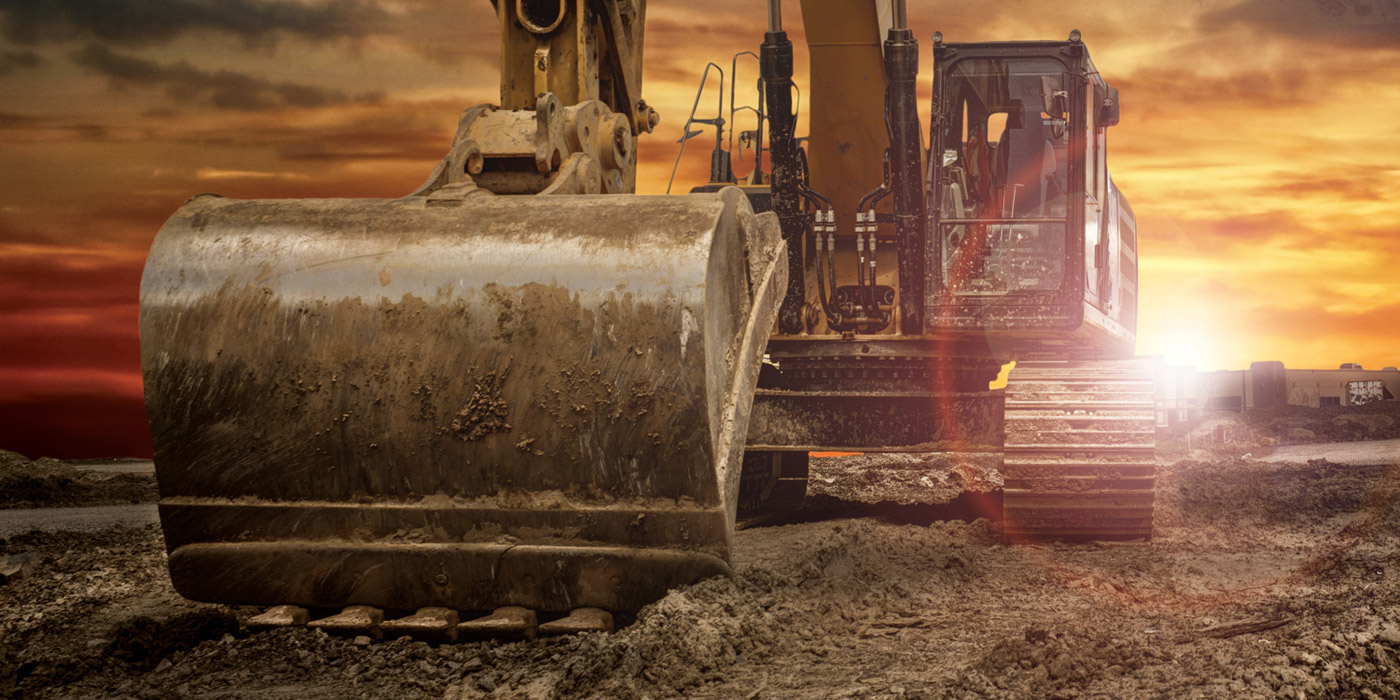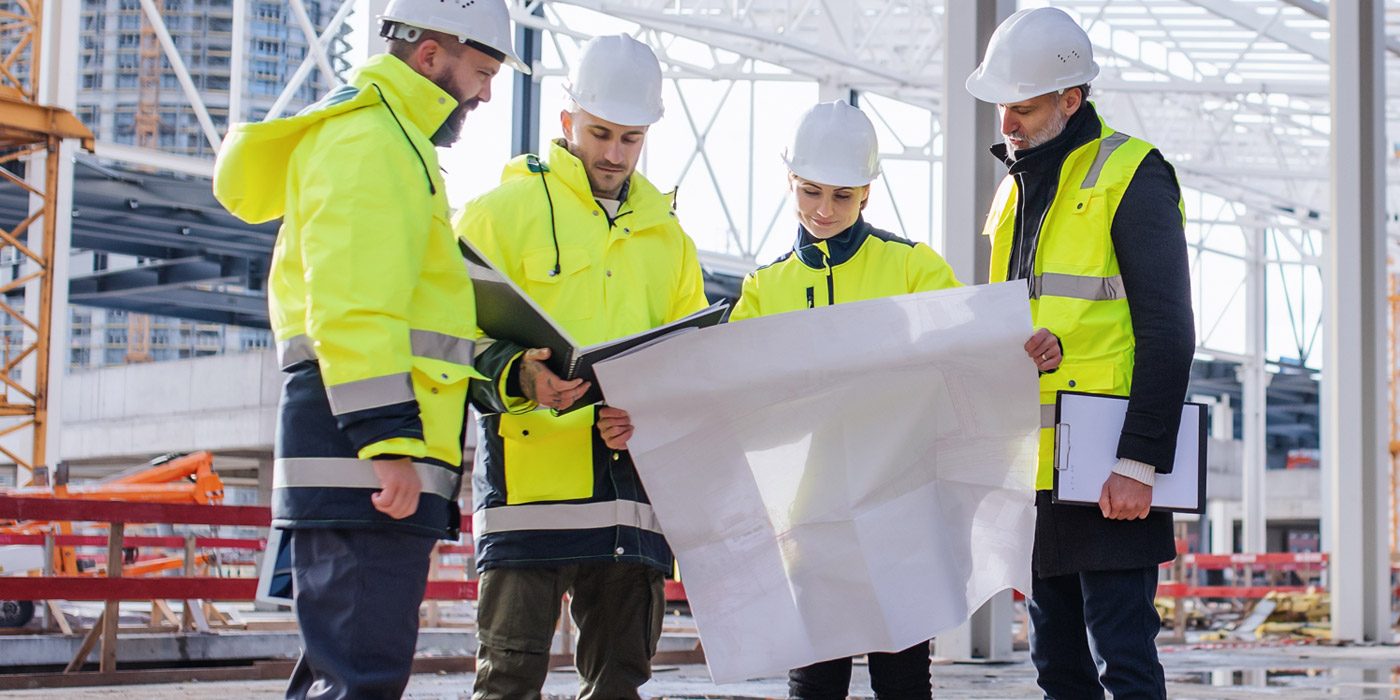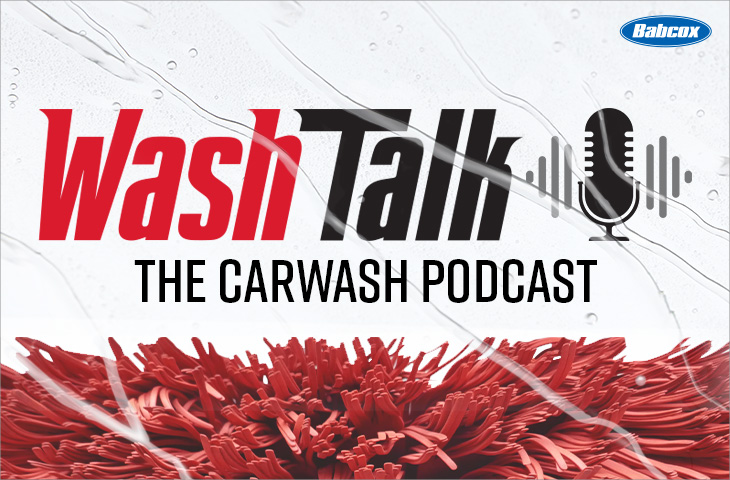Thinking of building a carwash? Found that perfect location? Now is a great time to build. The industry is doing well, solid growth is expected for the foreseeable future, and banks are back on their feet and lending. New, more modern washes are doing great and beating out old, run-down locations. Below is an overview of how to get your construction loan approved and closed so you can turn your vision into reality.
How banks look at sites
First of all, you are the carwash expert. You know your market and know where a wash should do well. You know what type of wash to pick and how to design it. Banks are not experts at site selection or operating a wash. But, your bank and the appraisal company they hire will challenge your site selection and other assumptions you make. The way they do this is primarily based off regional or national statistics they get from bank associations that track data on basically all business types, including carwashes. Banks that are experienced in the carwash industry will also rely on their own experience, of course, but the associations provide a non-biased approach with basically any data point you can think of.
For example, the associations tell banks that the national average capture rate for an express tunnel is 1.25 percent, that the average cash flow margin of gross sales is 38 percent and what the average ticket is nationally and regionally. Again, these associations provide a ton of data points that underwriters review/compare against individual projects.
Of all the considerations into selecting a site, traffic count is paramount for banks. Other factors such as speed limit, demographics, town population, accessibility of the site, local competition, visibility, etc., come into play, but traffic count is the main driver of a site. Traffic count has a direct impact on projections that banks rely on for new construction projects.
Understanding projections
Projections are normally a two-year prediction of what you think the new carwash will do financially. It is in the format of a profit and loss statement. So, you are listing gross sales, cost of goods sold and all the typical expenses, such as labor, utilities, maintenance, interest and, of course, profit.
Banks will compare your projections and create their own based on national averages taken from the aforementioned associations and see if the project should cash flow at an acceptable level for the bank.
For example, if 30,000 cars drive by your site per day, you are open for business 260 days a year and your capture rate is 1.25 percent, that means you should wash 97,500 cars per year. If you multiply this by your average ticket of $8 per wash, then you should gross $780,000 in sales for the year. If your margin is 38 percent, that means you should have $296,400 of cash flow for your profit and to pay your mortgage. This level of cash flow would support a loan amount of approximately $3,000,000.
As you can see, the traffic count basically dictates how much debt the location can handle from the lender’s perspective. Lower traffic counts will support a lower amount of debt. This logic is, of course, not always correct. You can have a very high traffic-count site, but the locale still will not work, for example, because maybe the accessibility is difficult. Or, it could be the opposite: You have a very low traffic count, but it will still do well. Maybe there is not any competition in the area. Regardless, banks and underwriters will try to use a logical, consistent system for how they approve loans.
Site plans, drawings, construction costs and builders
One of the biggest “catch 22s” in commercial lending is construction financing. Here is the problem: Most borrowers do not already own the land and, therefore, do not want to invest in architectural or engineering work until they get an approval/commitment from a bank. They are understandably worried about wasting money.
But, banks don’t want to commit to lend on a project unless they feel confident that the costs to construct are really nailed down. They are worried they will underfund a construction project, which could leave a bank in a very vulnerable position. So, banks want borrowers to have plans done and have their construction costs from the builder be based off those plans before they will issue an approval.
Related: The basics of carwash site design
At the end of the day, it is really the borrower’s responsibility to take the first step and engage an architect to design the wash, complete the plans and then shop builders to get a real construction cost breakdown completed.
So, the bottom line is, if you have a site in mind that you do not already own, you have to figure out how to get yourself enough time with the seller to get your plans done and get your costs pinned down. To do this, some borrowers get seller financing, lease the land or get long purchase agreements put into place. Regardless of how you structure it, six months or longer will be needed. Depending on where you live — for instance, on the East or West Coasts — this may not be enough time.
Typical loan terms and structures
Unless you are a well-established operator with several locations up and running with good cash flow, most banks are going to want to put you into an SBA 7a loan because of the additional benefits to them. So, here are the terms you will likely find with this SBA product.
They are going to finance about 80 to 90 percent of the total project costs. The total project costs are all of the costs of the project added up, including the cost of land, new building construction, equipment, permits, engineering, architectural, loan fees, third-party fees, interest reserves, construction contingency, etc.
So, you will have to come to close with approximately 10 to 20 percent of the total project costs in cash. If your bank wants you to come in with more cash than this, then it is likely very conservative and you should shop around. If you already own your land, then you should be able to use its equity as your “injection” into the construction project.
Your loan will likely be on a 20- to 25-year amortization schedule and term with a rate tied to prime. There is a three-year prepayment penalty which is five percent in year one, three percent in year two, one percent in year three and gone thereafter.
You have a higher likelihood of getting your construction project completed now than you would have in the last 10 years. You can expect high leverage financing if you go with an SBA loan and long amortization schedules, so your payment should be manageable.
When you pick your site, keep in mind the traffic count issue and run some projections based off the stats provided in this article. It is critical to figure out how to tie up the site with the seller so you can get your plans and costs pinned down before you can expect to get serious with a bank. Now, go build that wash, and good luck.
Jeff Rauth has over 15 years’ experience in the commercial real estate business and focuses on carwash financing. He has worked as a commercial mortgage broker and as a banker. He currently works at a bank that funds carwash loans in all 50 states at up to 90 percent financing, typically on 25-year term and amortization schedules. Call him at (248) 885-8797. The opinions expressed in this article are entirely his own and do not reflect his employers’ viewpoints.



